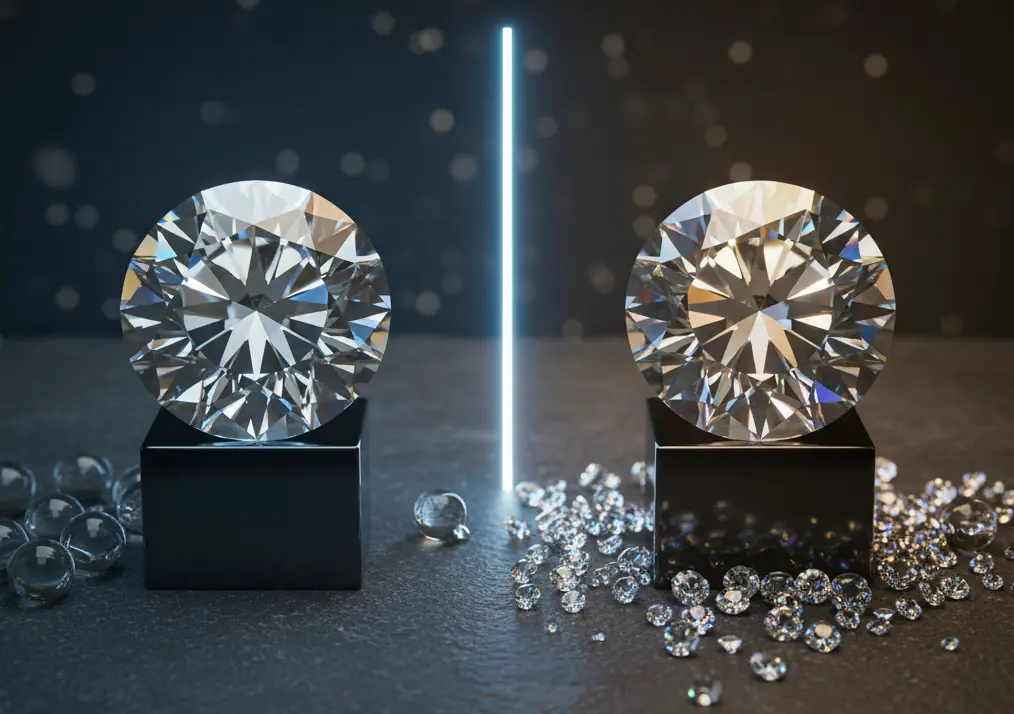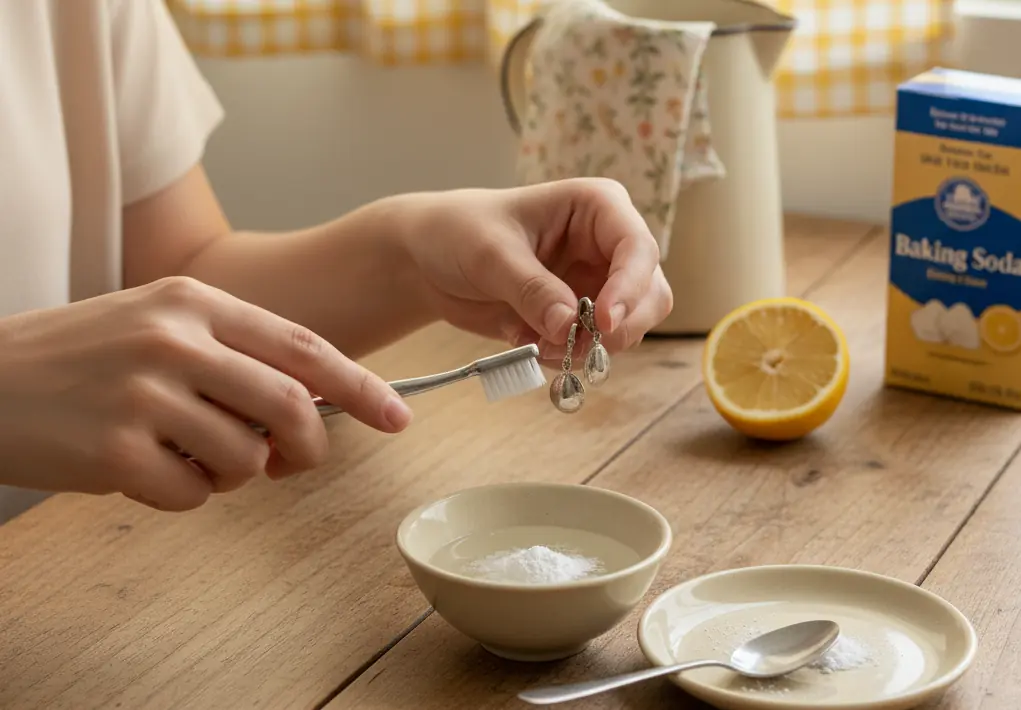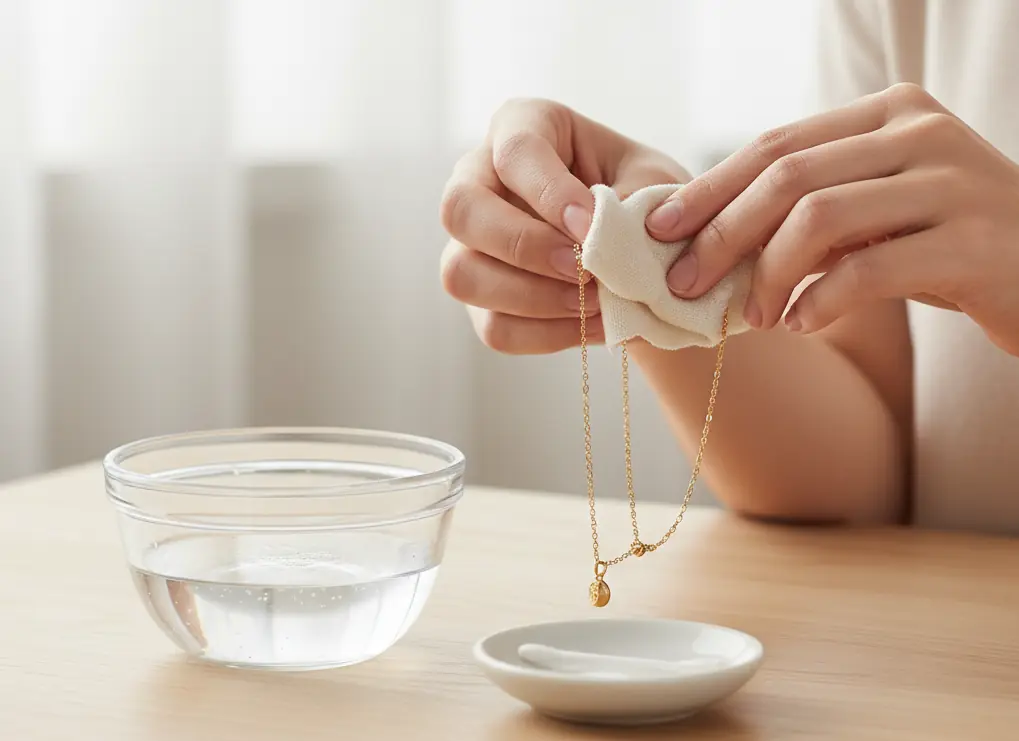Moissanite vs. Lab-Grown Diamonds: Unveiling the Key Differences
The world of gemstones has seen a significant evolution, offering consumers ethically sourced and stunning alternatives to traditional mined diamonds. Two popular choices that often cause confusion are moissanite and lab-grown diamonds. While both appear visually similar to natural diamonds and are often used interchangeably in jewelry, understanding their fundamental differences is crucial for making an informed decision. This article delves into the key distinctions between moissanite and lab-grown diamonds, covering their origin, composition, optical properties, durability, and economic factors.
What is Moissanite?
Moissanite, scientifically known as silicon carbide (SiC), is a naturally occurring mineral discovered in 1893 by Henri Moissan in meteorites. However, natural moissanite is exceedingly rare and too small to be used in jewelry. The moissanite available on the market today is exclusively created in a laboratory. It possesses a unique crystalline structure and exhibits exceptional brilliance and fire.
What are Lab-Grown Diamonds?
Lab-grown diamonds, also referred to as synthetic or cultured diamonds, are diamonds created in a controlled laboratory environment. They share the same chemical, physical, and optical properties as natural diamonds because they are composed of pure carbon in a cubic crystal structure. The primary methods for growing these diamonds are High Pressure High Temperature (HPHT) and Chemical Vapor Deposition (CVD). Lab-grown diamonds offer an ethically sourced and often more affordable alternative to mined diamonds.
Key Differences Explained:
1. Origin and Composition:
The most significant difference lies in their origin and chemical composition:
- Moissanite: Silicon carbide (SiC). It is a naturally occurring mineral, but laboratory-created for commercial use.
- Lab-Grown Diamonds: Pure carbon (C). Identical in composition to natural diamonds, but created in a lab.
2. Brilliance and Fire:
While both stones exhibit sparkle, their optical characteristics differ:
- Moissanite: Known for its exceptional brilliance and intense "fire" (the flashes of color). Moissanite actually has a higher refractive index than diamonds, meaning it can bend light more, leading to a more pronounced rainbow effect. Some find this excessive sparkle to be its defining characteristic, while others may prefer the subtler sparkle of a diamond.
- Lab-Grown Diamonds: Exhibit brilliance and fire that is indistinguishable from natural diamonds. Their sparkle is classic and multifaceted, reflecting light in a way that is characteristic of diamonds.
3. Hardness and Durability:
Both are very hard gemstones, suitable for everyday wear, but there's a slight difference on the Mohs scale:
- Moissanite: Ranks 9.25 on the Mohs scale of hardness, making it one of the hardest known materials and highly resistant to scratching and abrasion.
- Lab-Grown Diamonds: Rank 10 on the Mohs scale, the highest possible. This makes them incredibly durable and resistant to scratching, making them the benchmark for hardness in gemstones.
4. Color:
Color grading is another area where differences emerge:
- Moissanite: While colorless moissanite is available, many moissanite stones exhibit a slight yellowish or greenish tint, especially in larger sizes. However, modern advancements have led to the creation of near-colorless and colorless varieties.
- Lab-Grown Diamonds: Are graded using the same D-Z color scale as natural diamonds. They can be produced in a full range of colors, including colorless (D, E, F grades) and fancy colored varieties.
5. Inclusions:
The internal characteristics of a gemstone can also be a distinguishing factor:
- Moissanite: Natural moissanite has inclusions that are typically needle-like. Lab-created moissanite can have inclusions that resemble pinpoints or tiny needles, though they are often much smaller and less noticeable than those found in natural diamonds.
- Lab-Grown Diamonds: Inclusions found in lab-grown diamonds are very similar to those found in natural diamonds, and their presence and type are often used for grading purposes.
6. Price:
Cost is often a major consideration for consumers:
- Moissanite: Significantly more affordable than both natural and lab-grown diamonds. Its cost-effectiveness makes it an attractive option for those seeking large, brilliant stones on a budget.
- Lab-Grown Diamonds: While more affordable than natural diamonds, they are generally more expensive than moissanite for stones of comparable size and quality. The price difference reflects the cost of the advanced technology used to create them and their identical composition to natural diamonds.
7. Thermal Conductivity:
This is a key distinguishing factor that jewelers use:
- Moissanite: Has different thermal conductivity properties than diamond. This is why a diamond tester pen, which measures thermal conductivity, will often identify moissanite as a diamond (due to its heat conductivity), but more advanced testers can differentiate them.
- Lab-Grown Diamonds: Have the same thermal conductivity as natural diamonds, and therefore pass standard diamond tester tests.
Making the Right Choice:
Choosing between moissanite and lab-grown diamonds depends on your priorities and preferences.
- If you prioritize exceptional sparkle, vibrant fire, and the most budget-friendly option for a large, brilliant stone, moissanite might be your ideal choice. Many stunning pieces of jewelry, like our Ilyra - 3CT Moissanite Silver Ring or the Olivienne - 3CT Oval Cut Moissanite Silver Ring, showcase the captivating beauty of moissanite.
- If you desire a gemstone that is chemically and optically identical to a natural diamond, offers superior hardness, and is ethically produced, lab-grown diamonds are the way to go. While not explicitly listed as a product here, they represent a growing segment of the fine jewelry market.
Both moissanite and lab-grown diamonds offer brilliant and beautiful alternatives to mined diamonds. By understanding their unique characteristics, you can confidently select the gemstone that best suits your style, budget, and values. Consider exploring options like the Azura - 2CT VVS1 Radiant Cut Moissanite Sterling Silver or the Elyra - 2CT Emerald Cut Moissanite 18K Gold Plated Silver Ring to experience the allure of moissanite firsthand.



